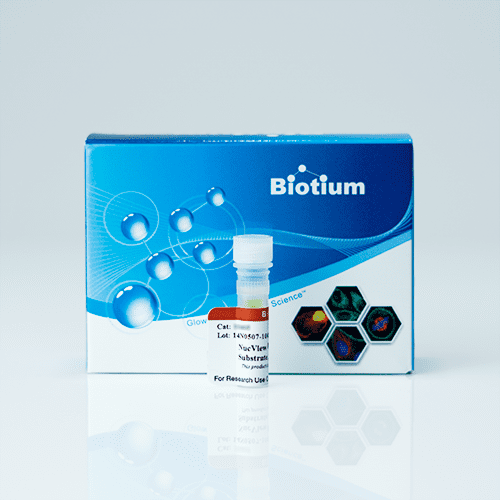- Your cart is empty
- Continue Shopping
Tumor penetrating nanomedicine targeting both an oncomiR and an oncogene in pancreatic cancer
- Home
- Publication
- Tumor penetrating nanomedicine targeting both an oncomiR and an oncogene in pancreatic cancer

Tumor penetrating nanomedicine targeting both an oncomiR and an oncogene in pancreatic cancer
- elsbizadmin404
- Publication
- Reading Time: 2 minutes
[vc_row][vc_column][vc_column_text]
Abstract
[/vc_column_text][vc_column_text]
Developing new targeted therapy for pancreatic cancer is one of the major current challenges in cancer research. KRAS mutations and miRNA dysregulation (e.g. miR-21-5p oncomiR) play key roles in Pancreatic Ductal Adenocarcinoma (PDAC), leading to rapid progression of the disease. As the KRAS mutation is a main driver of PDAC, anti-KRAS strategies remain a major therapeutic approach for PDAC treatment. Previously, utilization of either siKRAS or small chemically modified single-stranded RNA molecules that specifically disable miR-21 (anti-miR-21) were effective in slowing PDAC tumor growth in various tumor models when packaged in an innovative delivery system (TPN) required for efficient drug delivery to the PDAC tumor site. Here we have tested the utility of targeting the KRAS pathway through multiple mechanisms and via dual targeting of a PDAC oncomiR and oncogene. Initially we found that miR-217, which has been shown to directly regulate KRAS expression, is downregulated in our PDAC samples, thus we tested the benefits of anti-miR-21, miR-217 mimic or siKRAS loaded into the tumor-penetrating nanoparticles (TPN) that we had previously shown to potently target the largely impenetrable PDAC tumors, and found an enhanced anti-tumoral response upon dual treatments in KRAS-mutated PDAC models.
[/vc_column_text][vc_single_image image=”26421″ img_size=”full”][vc_column_text]
Figure Legend:
(A) Representation of TPNs loaded with anti-miR-21 (TPN-21) or siRNA-anti-KRAS (TPN-KRAS). (B and C) PANC1 cells (human PDAC cell line) treated with TPN-21, TPN-KRAS or combo, and associated controls stained with NucView®530 (red) report a significant increase in caspase-3 activity after treatments. Scale bars 1000μm. Nuclei were stained with DAPI. Quantification of caspase-3 positive cells (Red) on a total cell (DAPI) is presented as apoptotic cell %. Credit: Gilles et al. doi:10.18632/oncotarget.27160.
Learn more:
IN this study, the anti-tumour effects of dual anti-miR-21 and si-KRAS therapy in PDAC was validated using NucView® 530 caspase-3 substrate.
Learn more about Biotium’s NucView® caspase-3 substrates and kits. We also offer a range of other cell viability and apoptosis reagents and cellular and organelle stains for multi-color imaging.
DOI:
doi: 10.18632/oncotarget.27160[/vc_column_text][/vc_column][/vc_row][vc_row][vc_column][vc_column_text css=”.vc_custom_1598017023330{margin-bottom: 0px !important;}”]
RELATED PRODUCTS
[/vc_column_text][vc_separator color=”custom” border_width=”2″ accent_color=”#004a80″][claue_addons_products orderby=”menu_order” limit=”4″ columns=”2″ issc=”1″ id=”14982″][/vc_column][/vc_row]
CONTACT

QUESTIONS IN YOUR MIND?
Connect With Our Technical Specialist.

KNOW WHAT YOU WANT?
Request For A Quotaiton
OTHER BLOGS YOU MIGHT LIKE
HOW CAN WE HELP YOU? Our specialists are to help you find the best product for your application. We will be happy to help you find the right product for the job.

TALK TO A SPECIALIST
Contact our Customer Care, Sales & Scientific Assistance

EMAIL US
Consult and asked questions about our products & services

DOCUMENTATION
Documentation of Technical & Safety Data Sheet, Guides and more..
